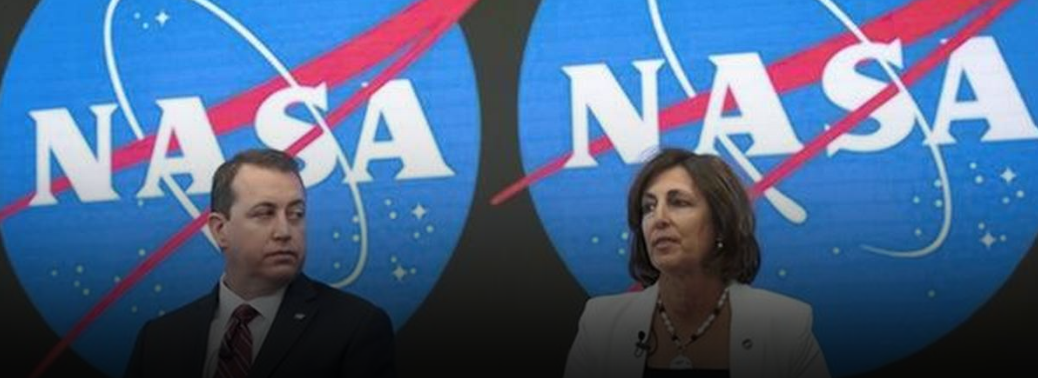SPACE STATION WILL BE OPEN TO TOURISTS FROM NEXT YEAR
09, Jun 2019

Prelims level : Science and Tech
Mains level : GS-III Technology, Economic Development, Environment
Why in News:
- NASA will open up the International Space Station for tourism and other business ventures as of next year, as it seeks to financially disengage from the orbiting research lab.
More in News:
- NASA will allow private citizens to stay at the International Space Station (ISS) for month- long getaways.
What’s the deal?
- NASA will allow two private astronaut missions of up to 30 days per year.
- A return ticket will cost around $58 million (€51.2 million).
- Astronauts will also have to pay board and lodgings at a rate of around $35,000 per night.
- It paves the way for private citizens to travel to the ISS aboard rocket-and-capsule launch
systems being developed by Boeing Co and Elon Musk’s SpaceX. - To qualify as a passenger, Private astronauts will have to meet the same medical standards and training and certification procedures as regular crew members.
- SpaceX and Boeing will choose the clients and deliver them to the ISS via their own rocket- and-capsule launch systems.
- The new space tourists to the ISS will not be the first: U.S. businessman Dennis Tito had that honour in 2001. He paid Russia around $20 million for the trip.
Why is NASA doing this?
- NASA said it wasn’t looking to make a profit from the trips, but the money raised would help towards achieving long-term goals. These include returning humans to the moon by 2024 and even sending them to Mars after that.
- The shift reverses a long-standing prohibition against tourists and private interests at the orbiting research lab, and reflects a broader push to expand commercial activities at the ISS and in space more generally.
International Space Station:
- The International Space Station (ISS) is a space station, or a habitable artificial satellite, in low Earth orbit.
- The space station orbits around 400 kilometers above the Earth.
- It is run by five space agencies with 15 countries involved. The space station does not belong to NASA. It was built along with Russia starting in 1998, and other countries participate in the mission and send up astronauts.
- But the U.S. has paid for and controls most of the modules that make up the orbiter.
- Since 2000, it has been staffed by a crew of between three and six astronauts.






